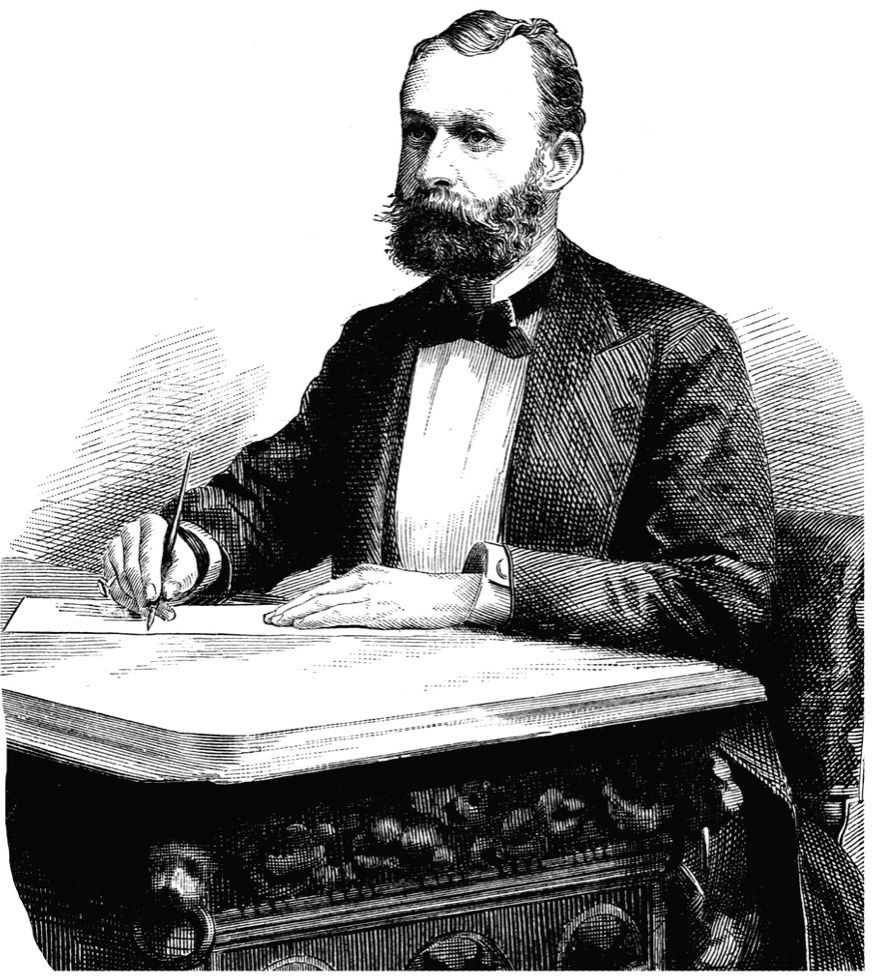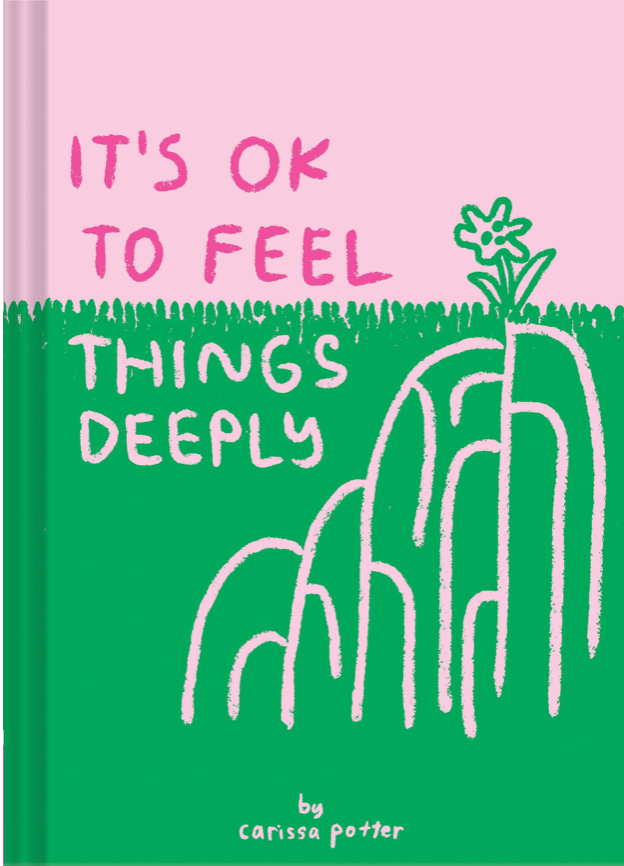When I told my book club – an international group of women – that the “general themes” of the book we were reading were universal, my thoughts were met with a few raised eyebrows. It was the Egyptian novel The Yacoubian Building, and Egypt had been in the news with increasing frequency. I argued that a good story takes the severity or exactness of particulars and somehow finagles into the reader’s mind a familiarity, an understanding. I’ve never been to Egypt, but the fact that the novel was set there provided a springboard to gleaning more from themes (oppression of women and religious fanaticism, for example) that can shape any society.
A narrative, whether it’s a novel or a person’s life, is shaped by its location and people’s responses to it. Yet, the location – the setting – must add something, for why would we read books (or watch movies) that don’t enhance or illustrate basic human emotions?
Just like in the previous two years, I’m currently preparing to fly with my two children to somewhere in the western United States, meet my mom, and drive across the country – following a route that would make AAA cringe. Though our starting point changes each year, our destination is always Newport, Rhode Island, and my parents’ two Shih Tzus are proud passengers number five and six on this journey. So far, we’ve clocked approximately 5,000 miles, traveled through 19 states, and mastered the logistics of pit stops that involve gasoline, dog food, leashes, and two children.
We make this trip not just because it’s an easier way to transport the dogs to Rhode Island, nor simply for experiencing multi-generational bonding. Even though we may barrel through three states in one day in an attempt to “catch up” after spending the day at Laura Ingalls Wilder’s homestead in Missouri, this trip provides us – and more importantly, my children – a taste of setting. I want them to see other places and get a glimpse, however small, of how life unfolds outside of their own setting.
So, as we book tickets and attack the end of the school year with a tenacity that shows we know summer’s coming, the American west is on my mind. Last summer we began at my parents’ home in the Phoenix area, so really, it is Arizona on my mind. In an attempt to transport myself back to the desert, I read Half Broke Horses, a “true-life novel” by Jeannette Walls of The Glass Castle fame. “I hadn’t been on a horse since leaving for Chicago, and it just felt right” writes Walls in the voice of her grandmother, who lived primarily on ranches until decamping for the “big city” of Phoenix in the 1930s. In response, I wonder about other works set in Arizona, so I unearth Barbara Kingsolver’s novels from the tall bookshelf and re-read how the author weaves important thoughts about immigration, assimilation, and differences in these desert tales. Next up is Sherman Alexie’s story, “This is What it Means to Say Phoenix, Arizona.”
Each of these written works provides a rich setting, using different styles of language and each based on the author’s experience or research. Reading these authors’ words is my attempt at creating ambiance in preparation, and I long to head west.
Arizona is a repository for people – lots of them, as Arizona is the most populous land-locked state in America. The snow birds, the people seeking healthy respite in a drier climate, the immigrants. It’s also a repository for me, for although I’ve never truly lived there, it’s where my family now resides and a segment of my roots stick wherever my parents may live.
—-
Last summer: Driving north from Phoenix, and then east, moseying diagonally through Arizona and straight into the Four Corners, the drip-drop-splash of life transforms into more of a long drawn-out murmur. The colors change. Perhaps an absence of most color more accurately describes the landscape, as one starts to notice the subtle shades of brown since it seems like all the other colors have dissolved into a far-away mirage. Despite Crayola’s insistence on experimenting with its tried-and-true colors, almost all the nuanced browns still exist. Burnt Sienna, Tan, Sepia. So, like that oft-ignored section of brown crayons, subtle differentiations between the sandy brown of the ground and the mahogany-brown of the peaks placate our eyes.
We tend to look for variances however we can, don’t we?

If you shuttled in from, say, New England in the autumn, the monotony of the landscape could easily jar your finely tuned sense of beauty. Instead of rolling hills of red, yellow, orange foliage, a casual observer might see a lot of nothingness. It is rocks and dust and a wee bit of green, often of the prickly sort. But if you’re there long enough, you might start to think, “That stack of rocks juts out a little more harshly than the mound back there.” Or, “The dust seems to billow more here.” Through Tuba City and Tonalea, a sparse and careful habitat overtakes. It’s not precious. Sharp and straight, like a large percentage of the state’s borderlines, the flatness is punctuated by ascending peaks that seem to jut at ninety-degree angles. Rolling hills or verdant glens or even bubbling creeks are non-existent. Similarly, in this part of the state, the conventions and conveniences of an exotic suburbia disappear. McDonald’s provides a reminder of mainstream America, but otherwise, mangy dogs run free, children cavort in the beds of pick-up trucks, and roadside stands sell produce and crafts and one wonders how they make a profit because the number of cars driving by is minimal.
We can’t stand monotony, so we adjust our eyes, make them more attuned to what’s around, not just what’s in front.
—-
I think of a recent Arizona shooting that I read about in the news. A “militia man” who made illegal immigration his cause d’etre. I follow up on the progress of Representative Gabrielle Giffords. And Sheriff Joe Arpaio being sued. I learn that the State of Arizona celebrates its centennial this year. Does the idea of the Wild West exist anymore? I think of backyards full of grapefruit and orange trees. The red rocks of Sedona. And of course, that natural wonder – the Grand Canyon. Plus, Arizona doesn’t participate in daylight savings, so I’m always confused as to what time to call my parents, no matter what time zone I may be living in.
And I wonder how anyone can understand anything about this place if, to them, it’s just a location that appears in news stories or cowboy art.
But I’m not sure that I – someone who has a modicum of familiarity with Arizona – know much about it either. Like anywhere else, it’s a place full of conflict and also full of beauty. As Taylor Greer, Kingsolver’s protagonist in The Bean Trees, says, “Sometimes I feel like I’m a foreigner too. I come from a place that’s so different from here you would think you’d stepped right off the map into some other country. … People don’t look the same, talk the same, nothing. Half the time I have no idea what’s going on around me here.”
The smells, the sights, the distances traveled all make me adjust my eyes and understand a setting more fully. I drive through Arizona and learn to retrain my eyes and tease out the nuances of an environment. Although I might see more, I don’t necessarily see more clearly. Just as friends visiting my family’s new home in Dublin might understand the context of where we live a little bit better, they don’t really know what it means to start a new life with small children in a new country. Similarly, my family’s experience – so similar on paper to other families relocating to other Western European countries – is not the same of our friends who moved to England.
—-
And what about The Yacoubian Building? I think I was partially correct at my book club – human emotion is universal. But the details matter, and even if I someday travel to Egypt and experience the vistas, the sounds, and the people, the setting is not mine. In the meantime, I’ll take a road trip in my mind, and sit, stew, and observe the goodness of a setting. Learning to study a setting, like a text, is invaluable. The setting helps to tell the story; to enhance it. But the setting isn’t the story.



